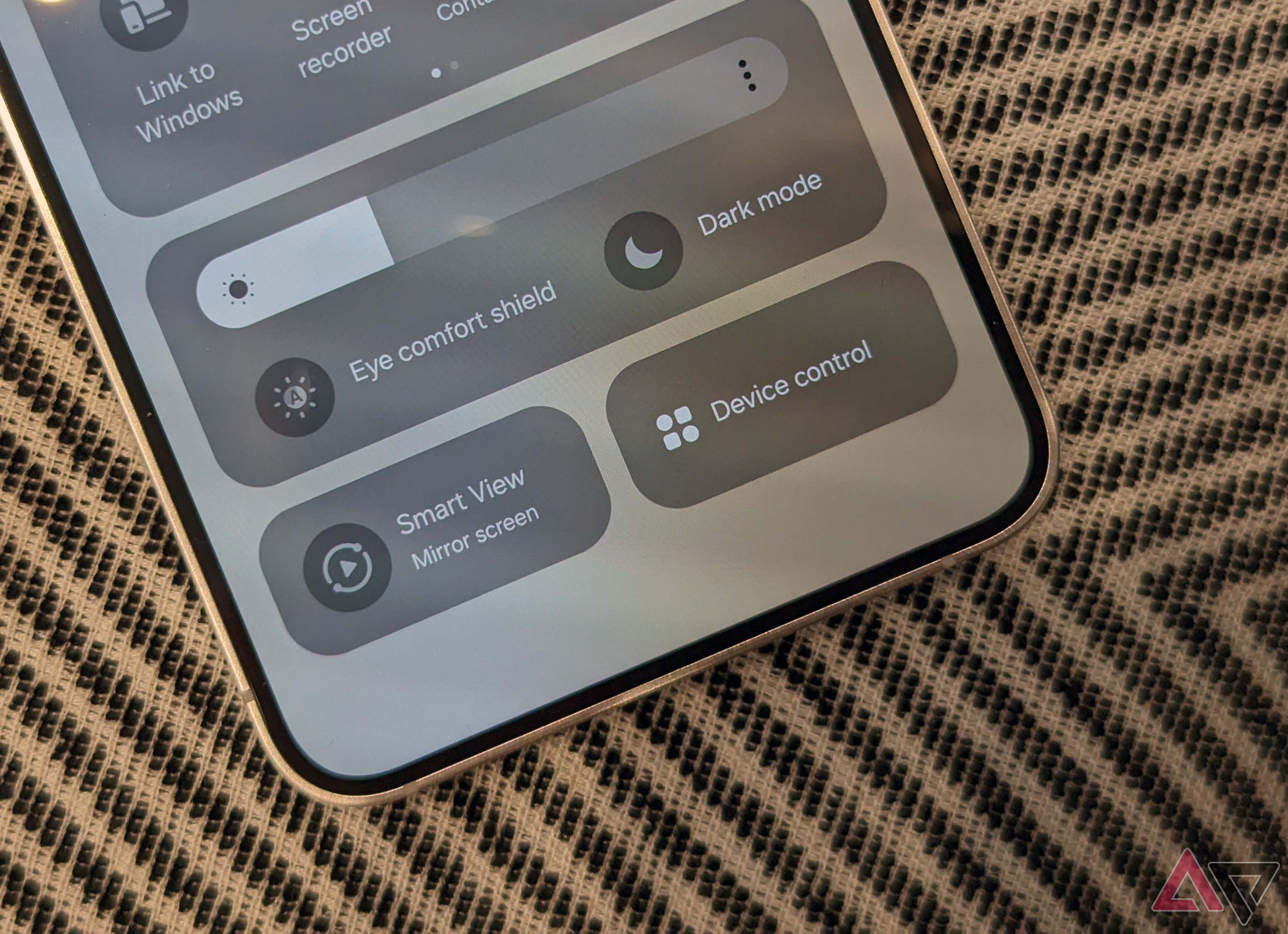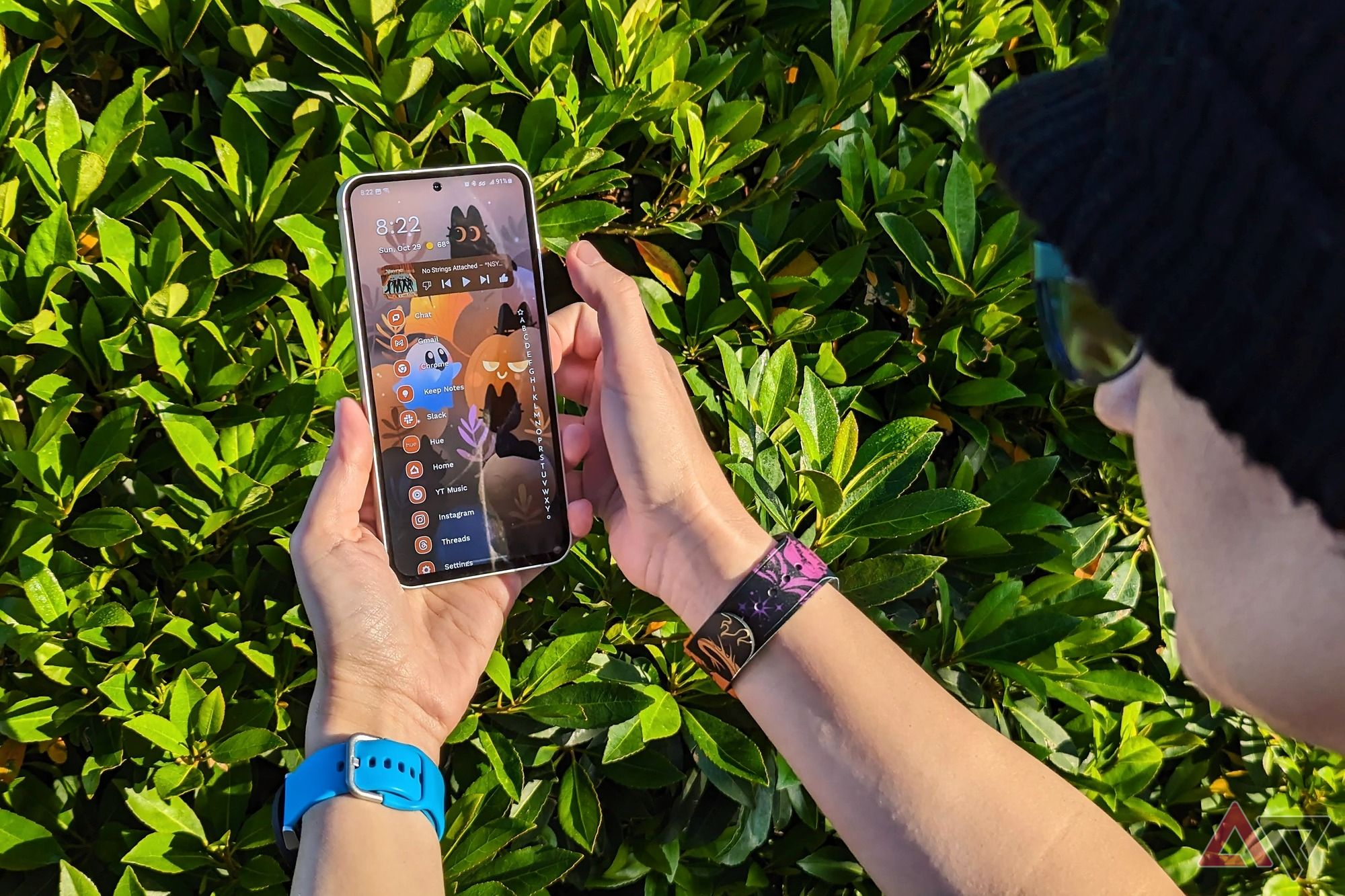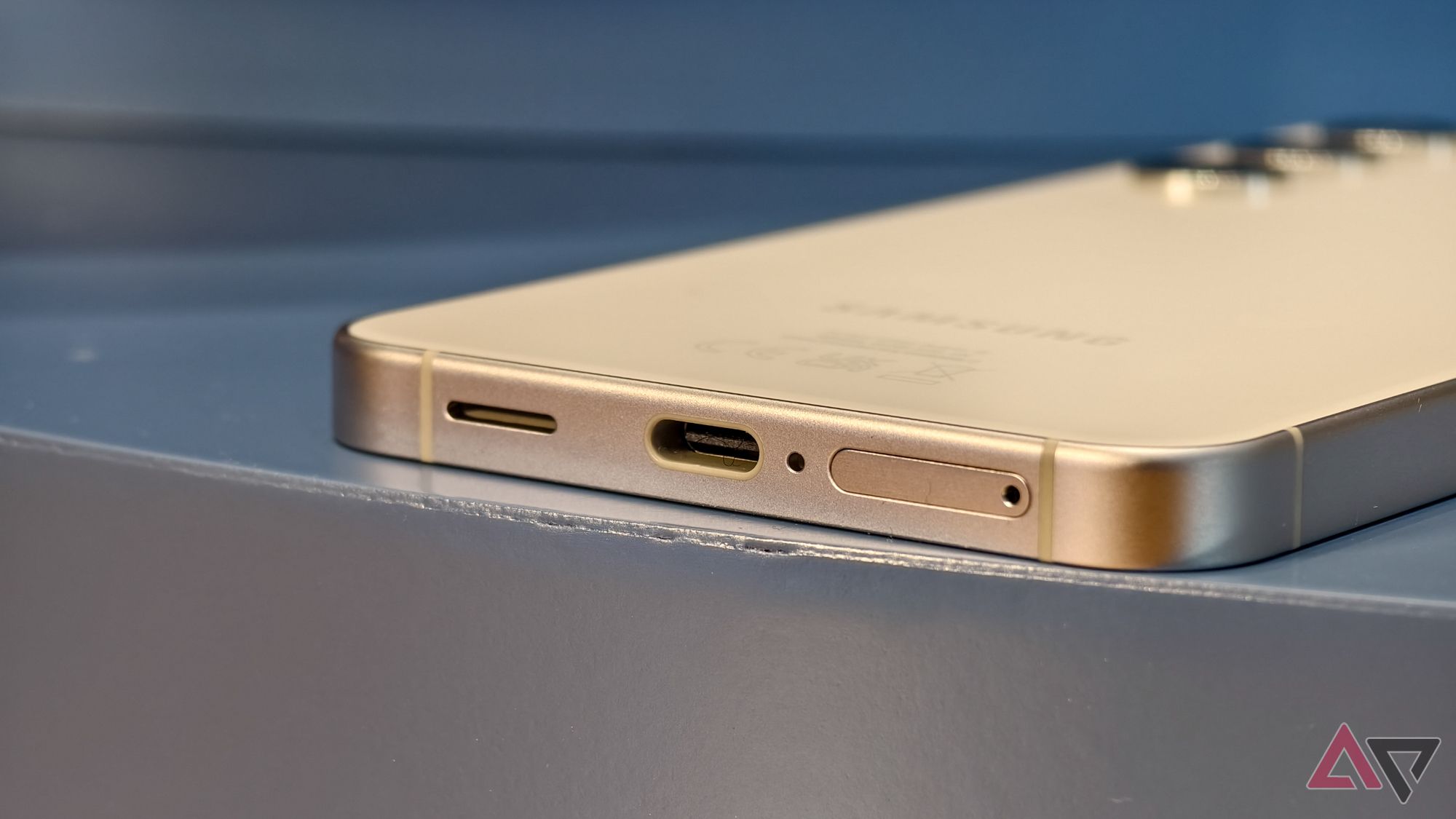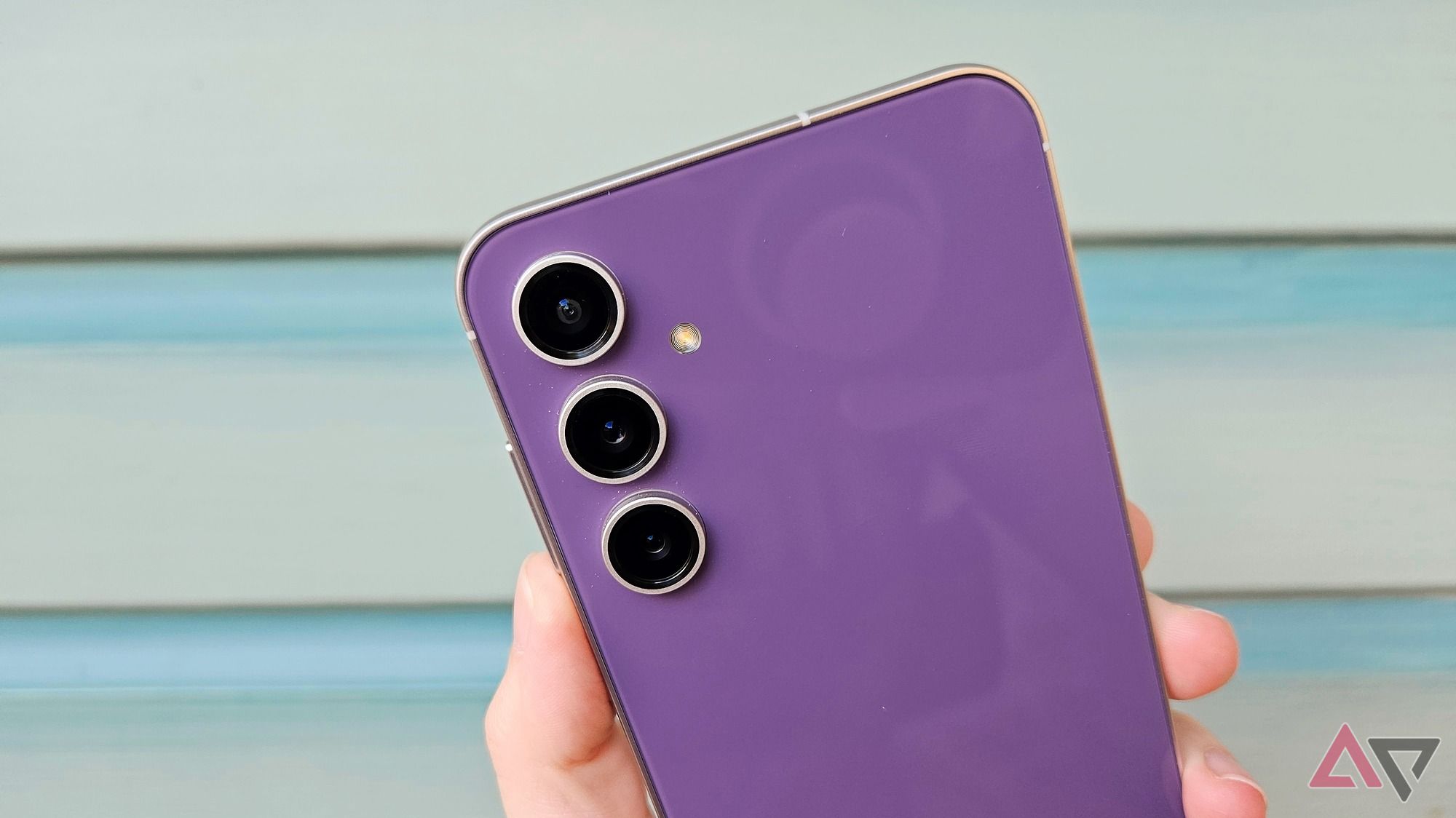-
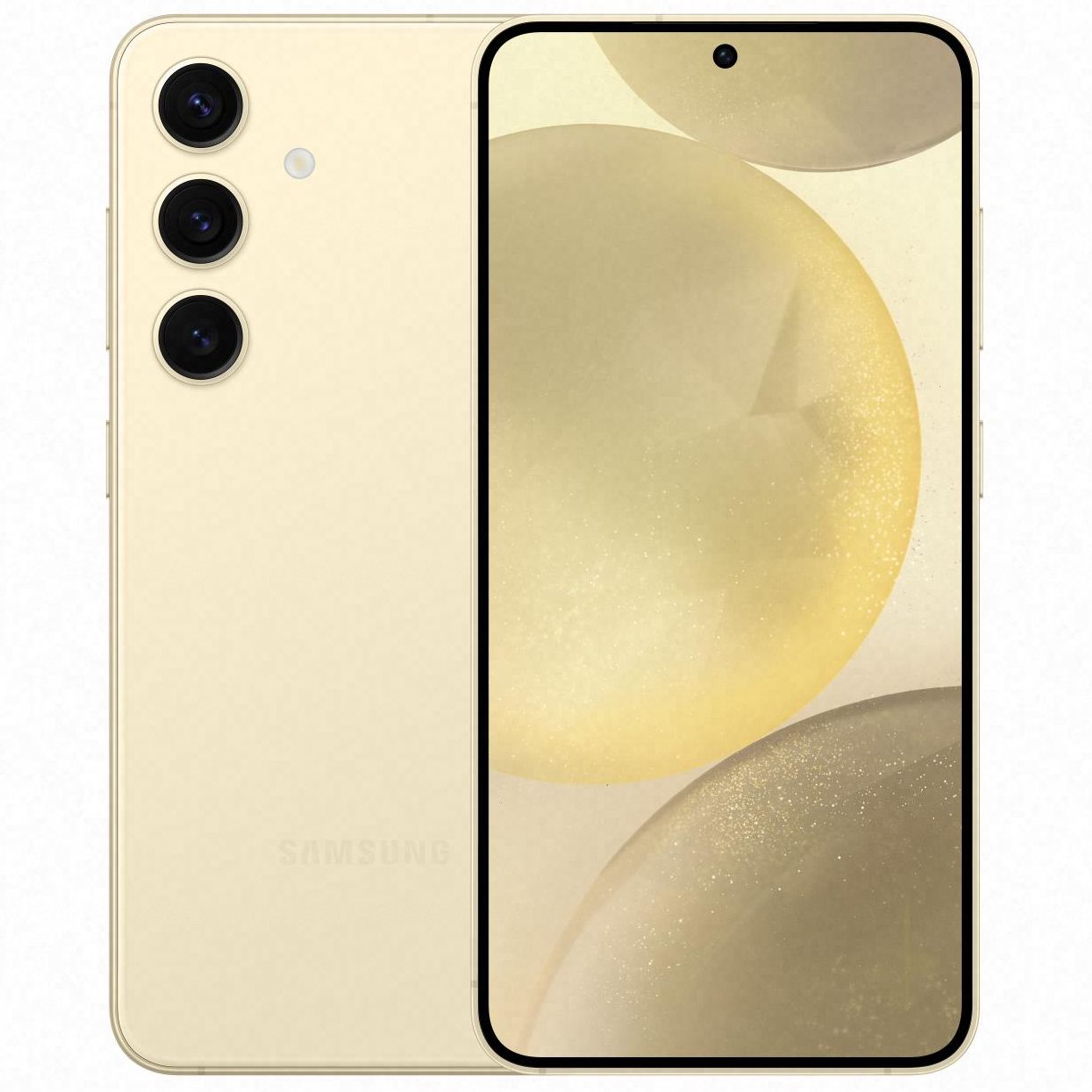
Samsung Galaxy S24
Pocket rocket
The Galaxy S24 is the smallest of Samsung’s 2024 flagship range, although the display has grown slightly compared to last year’s phone thanks to smaller bezels. The display also gains a 1-120Hz adaptive refresh rate, making it the best-looking small flagship Samsung has made in years.
Pros- Brighter and more efficient screen
- Comfortable size
- Better build quality
Cons- Price
- Too small for some users
-
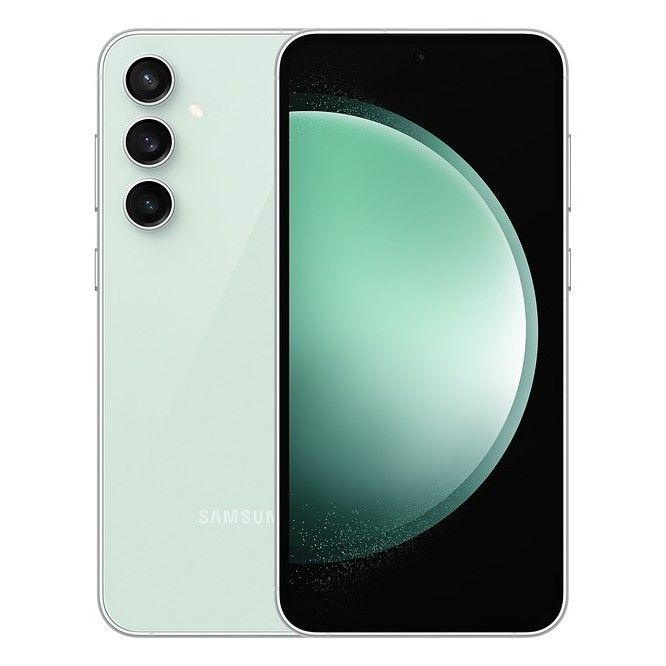
Samsung Galaxy S23 FE
Affordable flagship
The Galaxy S23 FE aims to make Samsung’s top-of-the-range phones more accessible, but sacrifices must be made to decrease the price. Can the S23 FE justify its existence, or should you look elsewhere in Samsung’s lineup?
Pros- Frequent discounts
- Larger screen
- Bigger battery
Cons- Fewer planned updates
- Cheap haptics
- Less powerful chipset
The Galaxy S24 is here, and while it’s a small upgrade overall, it’s looking to be another solid phone from Samsung, possibly becoming one of the best phones of the year. Still, it’s an expensive phone at $800, so many might be tempted by the Galaxy S23 FE, a more affordable entry point to Samsung’s premium phones. Does the S24 justify its price, or does the S23 FE balance price and specs well enough?
Price, availability, and specs
The Galaxy S24 is available to pre-order for $800 and will be available almost worldwide from all major carriers and retailers. That’s for 128GB of storage, and it costs $860 to upgrade to 256GB.
The S23 FE is $600 and is also available worldwide, though for some reason it costs slightly more if you buy direct from Samsung, starting at $630. That starting price is also for 128GB, with the same $60 price hike for double the storage — meaning $660 from most retailers, but $690 direct from Samsung.
-
Samsung Galaxy S24 Samsung Galaxy S23 FE SoC (US), Exynos 2400 (worldwide) Qualcomm Snapdragon 8 Gen 1 (US), Exynos 2200 (worldwide) RAM 8GB 8GB Storage 128GB or 256GB 128GB or 256GB Battery 4,000mAh 4,500mAh Ports USB-C USB-C Operating System Android 14 and One UI 6.1 Android 14 and One UI 6.0 Front camera 12MP, f/2.2 10MP, f/2.4 Rear camera 50MP, f/1.8 OIS main; 12MP, f/2.2 ultrawide; 10MP, f/2.4, 3x telephoto 50MP, f/1.8, OIS main; 12MP, f/2.2 ultrawide; 8MP, f/2.4, 3x telephoto Connectivity NFC NFC Dimensions 147.1 x 70.6 x 7.6mm 158 x 76.5 x 8.2mm Colors Onyx Black, Marble Gray, Cobalt Violet, Amber Yellow, Jade Green, Sapphire Blue, and Sandstone Orange Mint, Purple, Cream, Graphite Display type AMOLED, 1-120Hz AMOLED, 60-120Hz Weight 168g 209g Charge speed 25W wired, 15W wireless 25W wired, 15W wireless IP Rating IP68 IP68 Price From $800 From $600 Stylus No No Display dimensions 6.2″ 6.4″ Display resolution 2340 × 1080 2340 x 1080 Charge options USB-C wired, Qi wireless USB-C wired, Qi wireless SIM support Dual SIM (Nano SIM and eSIM) Dual SIM (Nano SIM and eSIM) Cellular connectivity 4G LTE, 5G (sub-6 and mmWave) 4G LTE, 5G (sub-6 and mmWave) Wi-Fi connectivity Wi-Fi 6E, Wi-Fi Direct Wi-Fi 6E Bluetooth Bluetooth 5.3 Bluetooth 5.3
Design
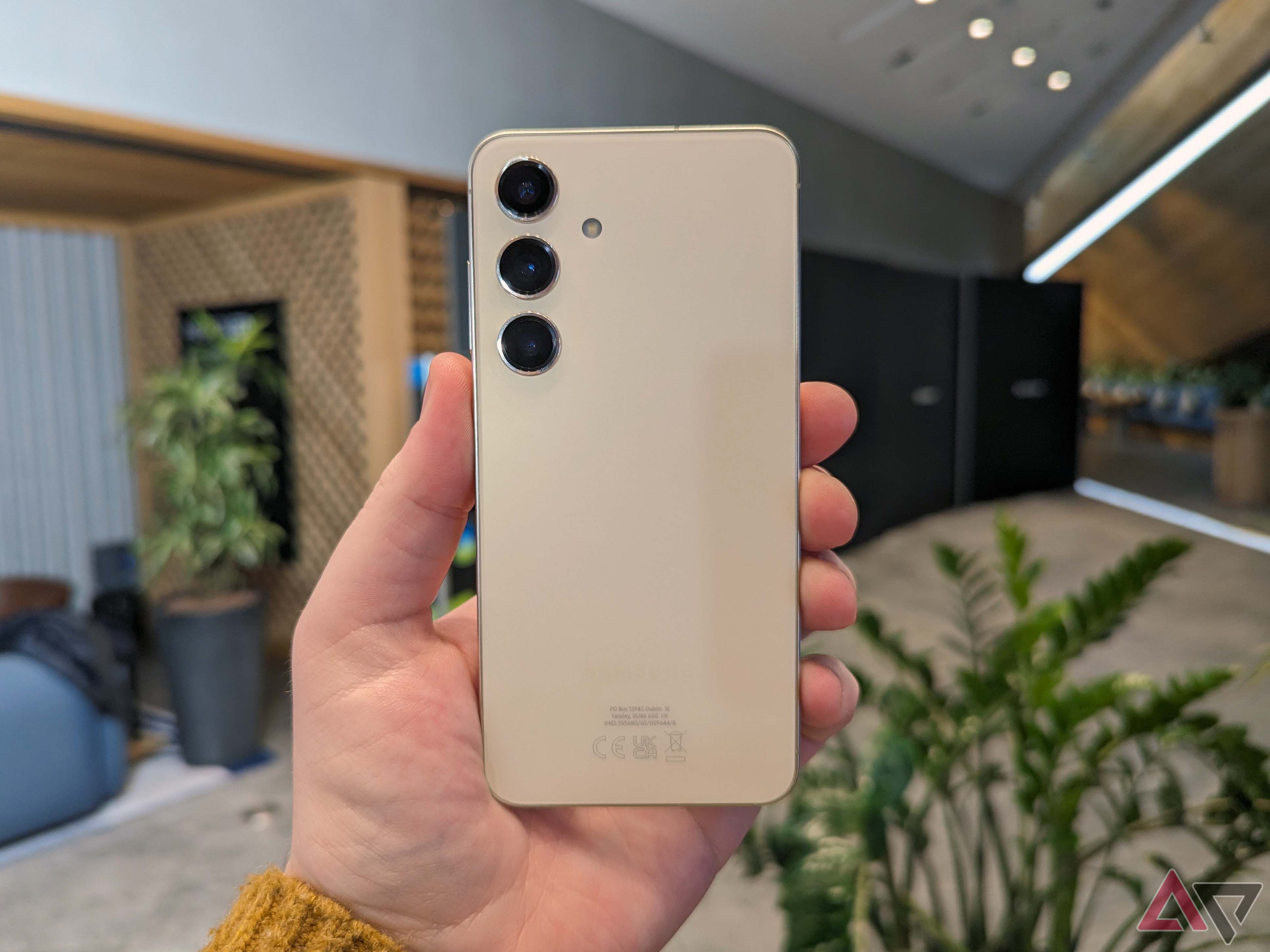
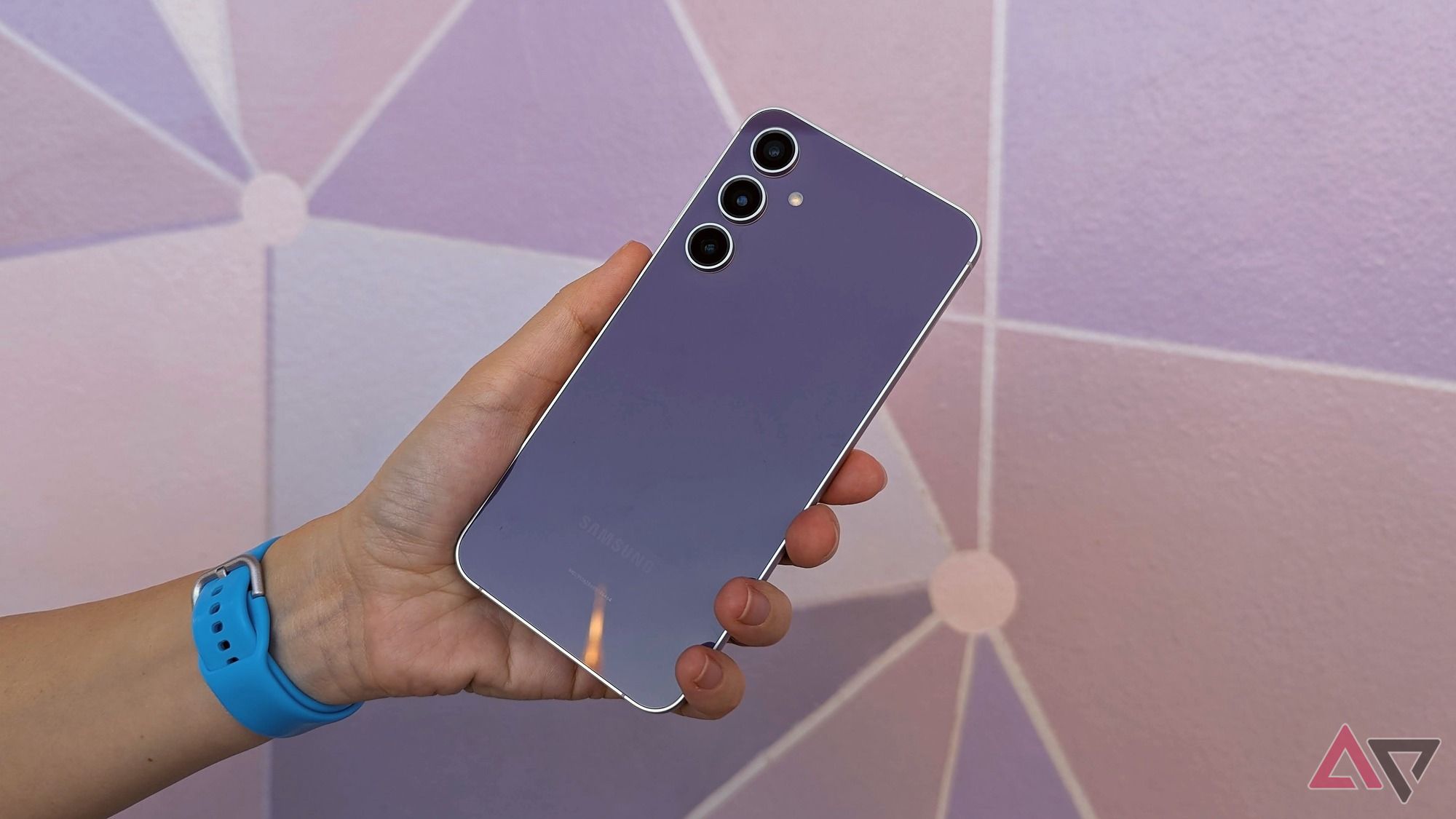
Both of these phones look alike, with metal frames, glass backs, and three vertical cameras. Look closer, though, and there are differences. The S24 uses Gorilla Glass Victus 2 front and back with armored aluminum for added strength, while the S23 FE uses Gorilla Glass 5 with regular aluminum. The S24 has squared-off sides to give it a more boxy look, but some prefer the S23 FE’s rounded feel.
The S24 comes in violet, yellow, black, and gray. If you buy it straight from Samsung, you can also get it in green, blue, or orange. The Galaxy S23 FE is available in graphite, purple, cream, and mint with no exclusive colors.
Display
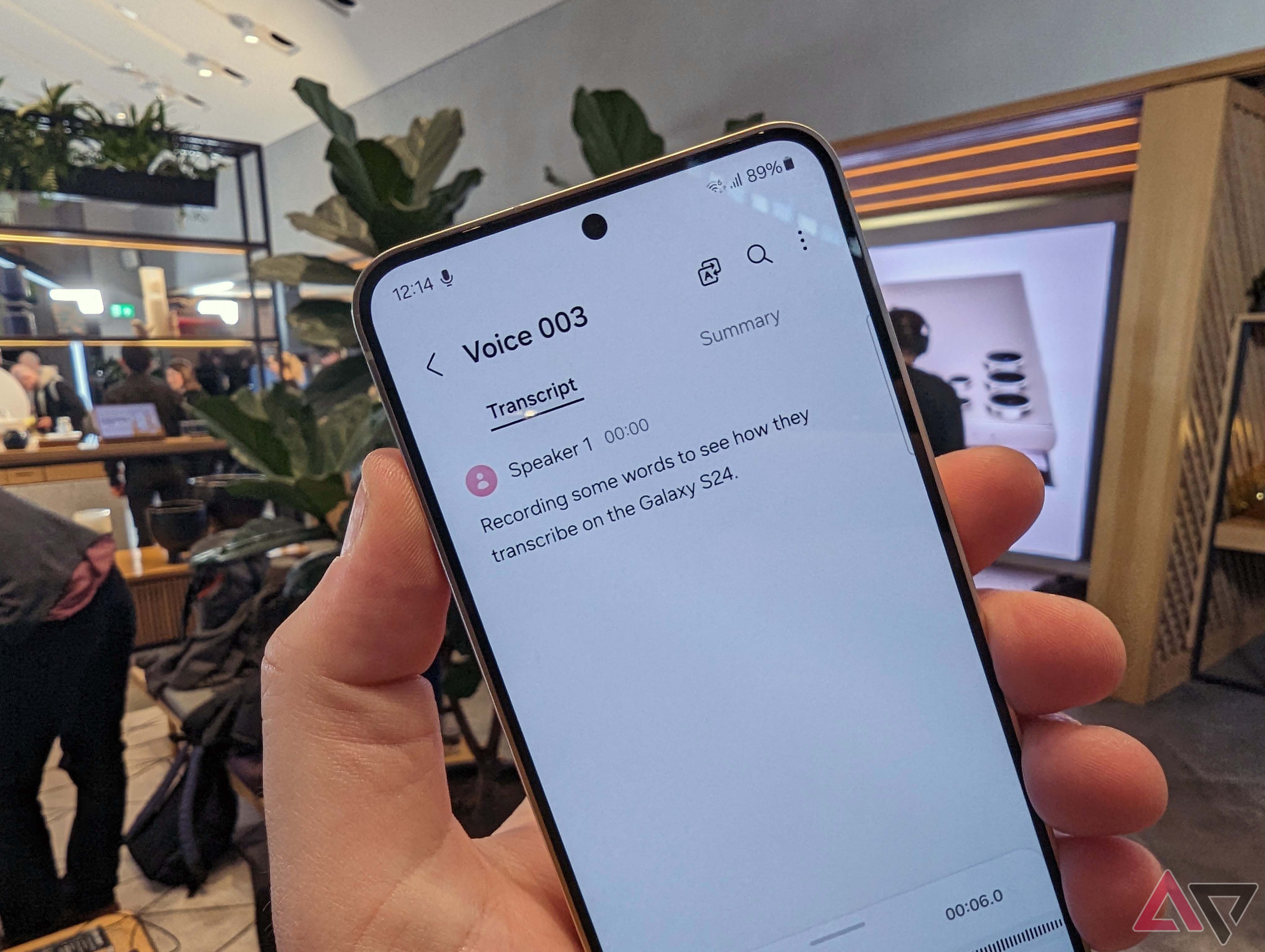
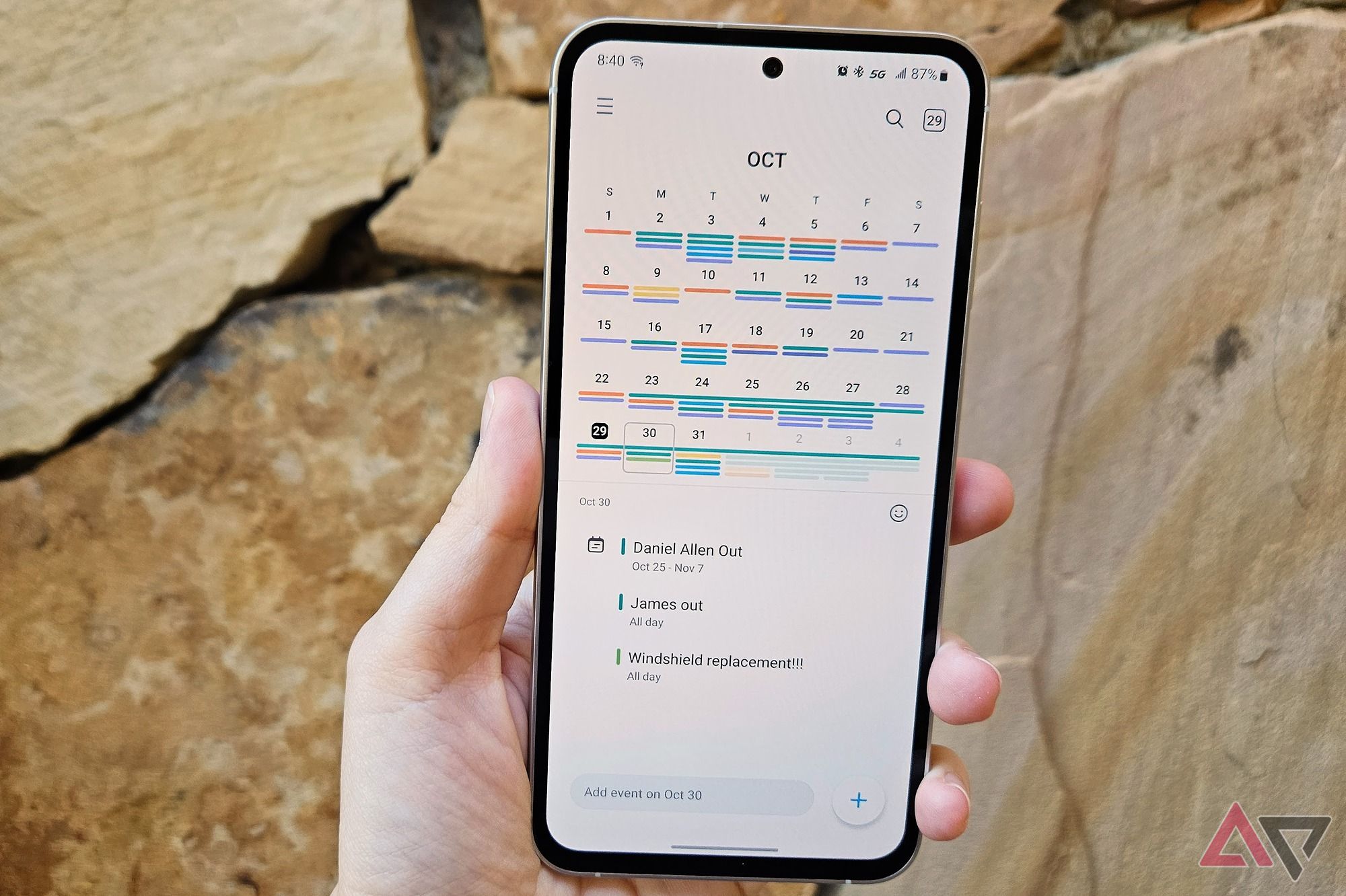
Around the front is where you’ll see a bigger difference between the two phones. The bezels on the Galaxy S24 are smaller than ever, and they’re uniform around the entire device. The S23 FE’s bezels are on the chunky side, and the phone has a larger bottom chin. That’s by no means a deal-breaker, but the S24 feels more premium.
The S24 has a 6.2-inch AMOLED display that can reach 2,600 nits max brightness and dynamically adjust its refresh rate between 1 and 120Hz. The S23 FE’s AMOLED screen is 6.4 inches, reaches a max brightness of 1,450 nits, and can vary its refresh rate between 60 and 120Hz. Both have the same 1080 x 2340 resolution, but the S24’s smaller size results in a higher pixel density.
The display on the S24 is gorgeous, as expected. 2,600 nits is ridiculously bright and is what you’ll notice most when you compare it to the S23 FE. Despite the increased brightness, the S24 has a more efficient display thanks to improved LTPO technology. Now, it can lower its refresh rate down to 1Hz based on what’s happening on-screen to save power.
Software
The Galaxy S24 launches with One UI 6.1, which is based on Android 14. The S23 FE launched with One UI 5.1 atop Android 13 but has since been updated to Android 14 with One UI 6.0 and should expect an update to 6.1 soon. One UI 6.1 adds a host of AI features that may not come to the FE, along with other minor tweaks and changes.
The S23 FE is promised four Android upgrades and five years of security patches, so its support will end in 2028 on Android 17. The Galaxy S24 is following Google’s lead with seven years of support, meaning it will keep getting updates until 2031 with Android 21.
Performance
We haven’t spent much time with the S24 yet, but we expect there to be a significant performance gap. While the FE bears the S23 model name, it uses the processors from the Galaxy S22 series, a Snapdragon 8 Gen 1 in the US, and Exynos 2200 elsewhere. The 8 Gen 1 was a fine chip, but the Exynos 2200 was a dumpster fire by every metric. It appears Samsung has tweaked the chip for the FE, but it’s still sub-par.
The S24, on the other hand, is two generations ahead. US models get the Snapdragon 8 Gen 3 or Galaxy and international handsets get the Exynos 2400. It’s a shame the Exynos has made a return this year after the S23 series was Snapdragon worldwide, but early reports seem to indicate that the Exynos 2400 might be a vast improvement from Samsung. Once we have more time with the S24, we’ll update this section, but expect it to handily beat the S23 FE.
Battery life
Samsung managed to squeeze a 4,000mAh battery into the S24, up from 3,900mAh last year, which should lead to improved battery life when combined with the more efficient chip and display. It’s unclear if it will beat the S23 FE, though, as it packs a 4,500mAh battery, which should make up for the more power-hungry display and chipset.
We expect the S24 will get you through a day, while the S23 FE is easily capable of making it to bed with some juice left in the tank. Once we’ve had more time with the S24, we’ll add our findings.
Both phones can charge at 25W over USB-C, 15W on a wireless charging pad, and can reverse wireless charge other devices at 4.5W.
Camera
The Galaxy S24 has a triple camera system, with a 50MP primary lens, 10MP 3X telephoto, and 12MP ultrawide. If that sounds familiar, it’s because it’s an identical system to last year. The S23 FE shares the same 50MP primary camera alongside an 8MP 3X telephoto and 12MP ultrawide.
The specs for these cameras sound alike but expect the S24 to do better. When we reviewed the S23 FE, we found that the software processing was worse, likely due to the ISP found on the older chipset. We haven’t used the S24’s cameras yet, but they should be at least as good as the S23 was, if not better, thanks to the newer processors. That won’t make a night and day difference but expect a better experience from the S24.
Which is right for you?
The Galaxy S24 is the easy recommendation here, even though it’s $200 more. The seven years of software support, gorgeous new display, and a processor that’s two generations newer all add up to make it worth $200 more than the S23 FE, especially when the S24 can be received for free from carriers if you sign up for certain plans or trade in older devices.

Samsung Galaxy S24
Editor’s choice
The latest and greatest
The Galaxy S24 does more than enough to justify its price against the S23 FE from last year. The scorchingly bright display, improved cameras, and more premium fit and finish are worth the $200 price difference.
Having said that, the Galaxy S23 FE is still a solid smartphone, and as it ages we’ll likely see some significant discounts in the future. Get it for the right price, and it’s a phone you won’t be disappointed with.

Samsung Galaxy S23 FE
Budget alternative
Most of the experience for a fraction of the price
The Galaxy S23 FE is a competent phone, but it made a lot of sacrifices to reach the $600 price tag. Those sacrifices don’t make it a bad phone, but the S24 justifies the extra $200. It could be worth it if you could get the S23 FE on sale.
Source link

